While Meg was in Las Vegas, she was remarkable. She was kind and generous with her time, her intellect, and her wit. Her keynote for us was fantastic. I knew she would be wonderful during her ALA appearance. Indeed, she was. Her speech reminded me of my own adventures with bikes.
I road them on paper routes, learning to balance bags and throw to the left and right as I road down the street. I quickly learned to appreciate what Meg called ape-hanger handlebars over the traditional low slung affairs that left the bags full of papers banging against my knees. I rode a bike not only to deliver the papers but to go back through the neighbor collecting the money that my customers owed. I rode them with my pockets full of money to the corner store.
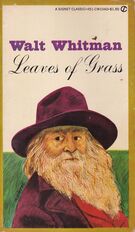
I road them through them through a divorce.
I rode them loaded with panniers across northern Nevada, Montana, Utah, Idaho, Wyoming, California, Western Canada, Mexico, and from Boston to New York. I always carried loads of novels, but always a copy of Leaves of Grass. It felt right to ride slowly and deliberately across the country knowing that when I stopped I could read There was a Child went Forth, Song of the Broad-Axe, Song of the Open Road, Crossing Brooklyn Ferry, When I read the Book, A March in the Ranks, Hard-prest, Vigil Strange I Kept on the Field, and When I head the Learn’d Astronomer.
As a teacher. I frequently rode my bike to work. I would take the direct route on my way there, but I often added a couple of miles going home. One year I rode all but four days; the snow was just too deep. Andrew Smith talks about doing a large majority of his writing while running. I can’t claim that level of productivity. I do claim to the calming influence of the solitary ride, the time to think, to wind down and be ready to be more present when I finally rode up the driveway.
Finally, and still, I ride to libraries. Like bikes, books take us on journeys. Journeys that let us look into the voyages of others. Those who may be very much like us and those who may be radically different. As we journey with the characters in books we build empathy about their situations. As we ride around with Merci we begin to understand her relationship with her grandfather, her school mates, the rest of her family, and with her own desires.
No, Jason Reynolds didn’t talk about bikes, but he did talk about libraries. The segment of his speech that was post by ALA was titled ALA Annual 2019 – Jason Reynolds on Libraries. Just as Meg’s speech is not only about bikes, but about family and relationships. Jason’s keynote is not only about libraries, but about family and relationships and the libraries we might carry within.
His message rang true to my own experience. As he shared his emotional libraries that he created and shared with his childhood friend, I reflected on my own self-created libraries and the emotions and memories I have gathered in from books. I have been blessed to live in a world of books and a world of friends.
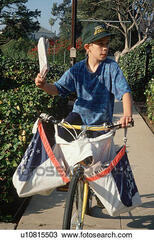
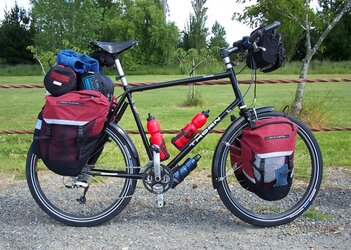
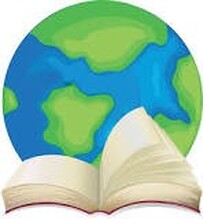
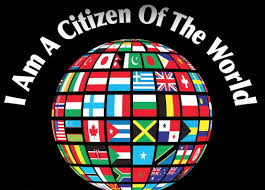
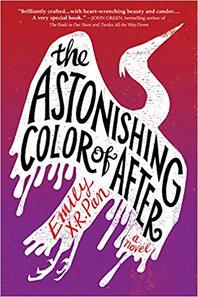
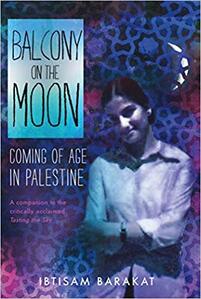
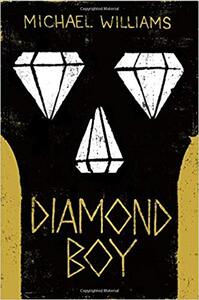
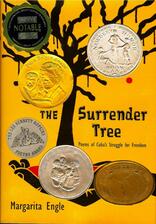
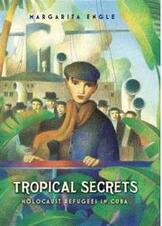
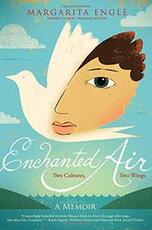
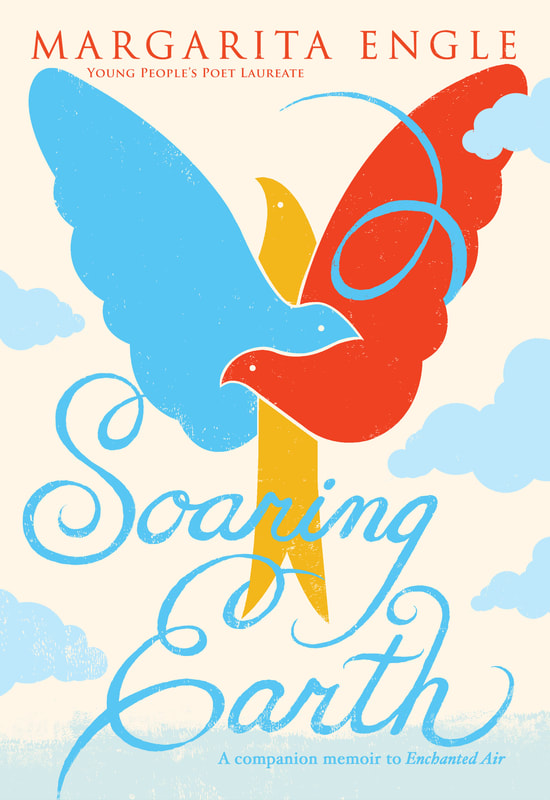
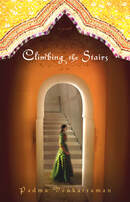
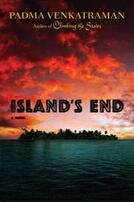
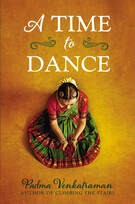
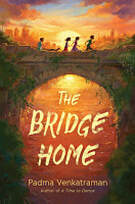
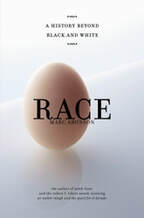
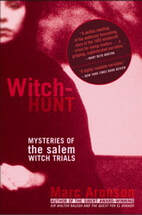
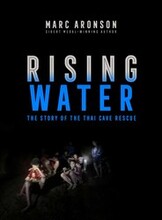
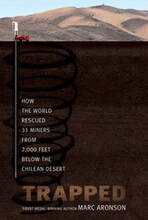
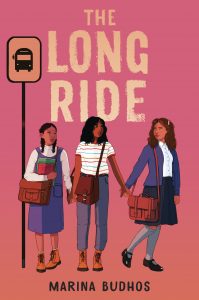
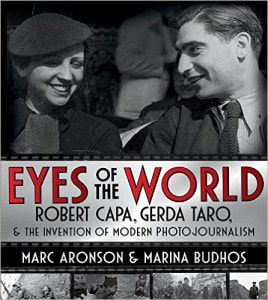
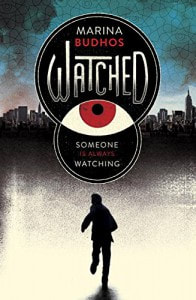
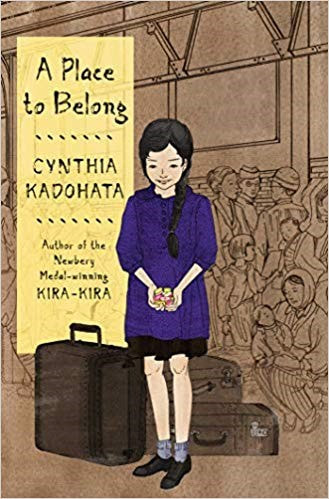
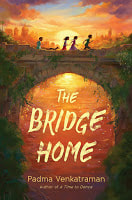
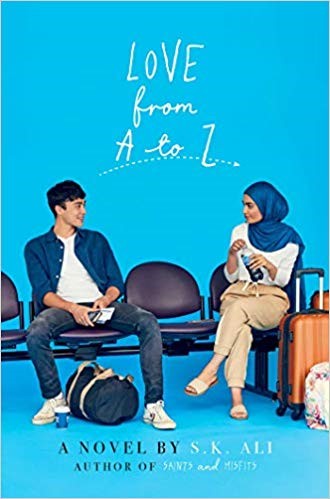

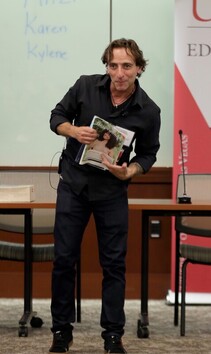
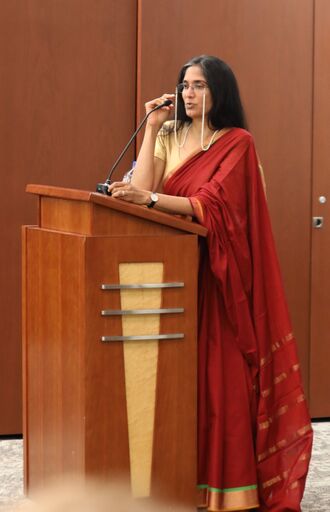
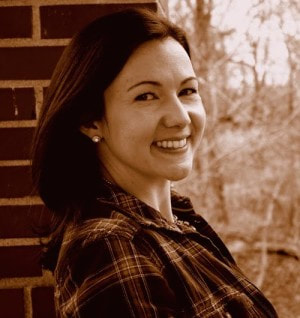


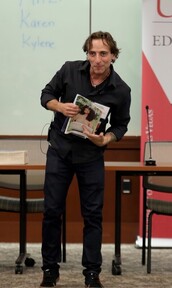
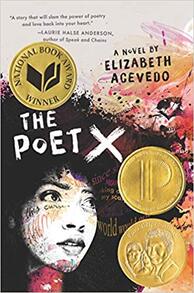
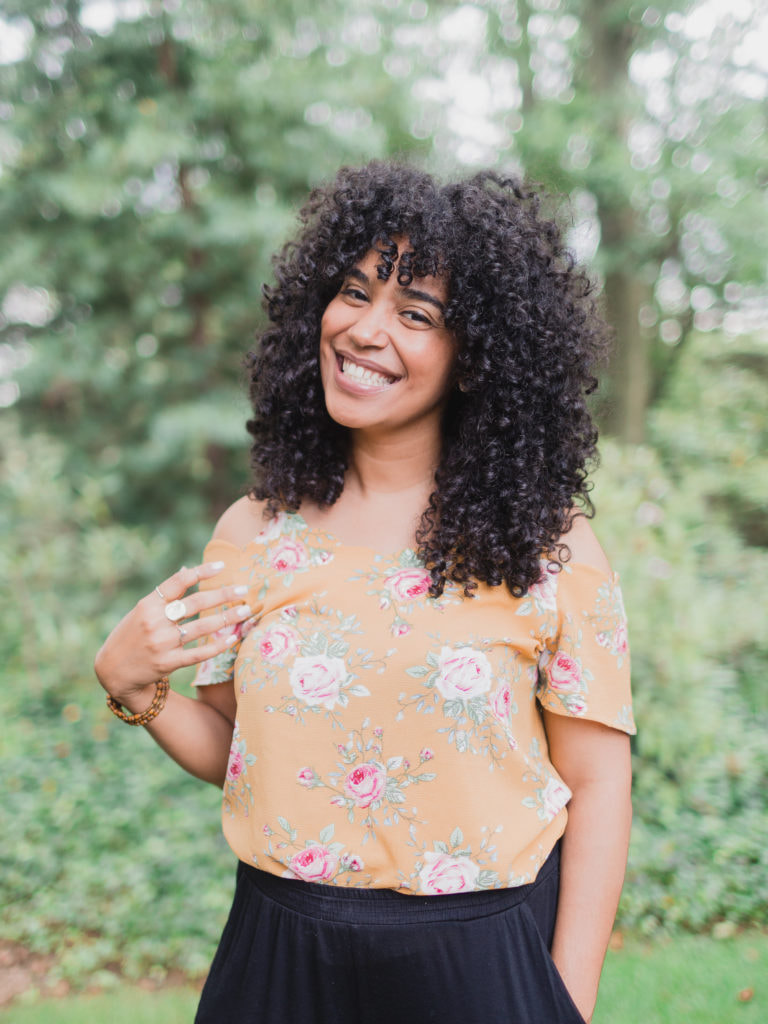
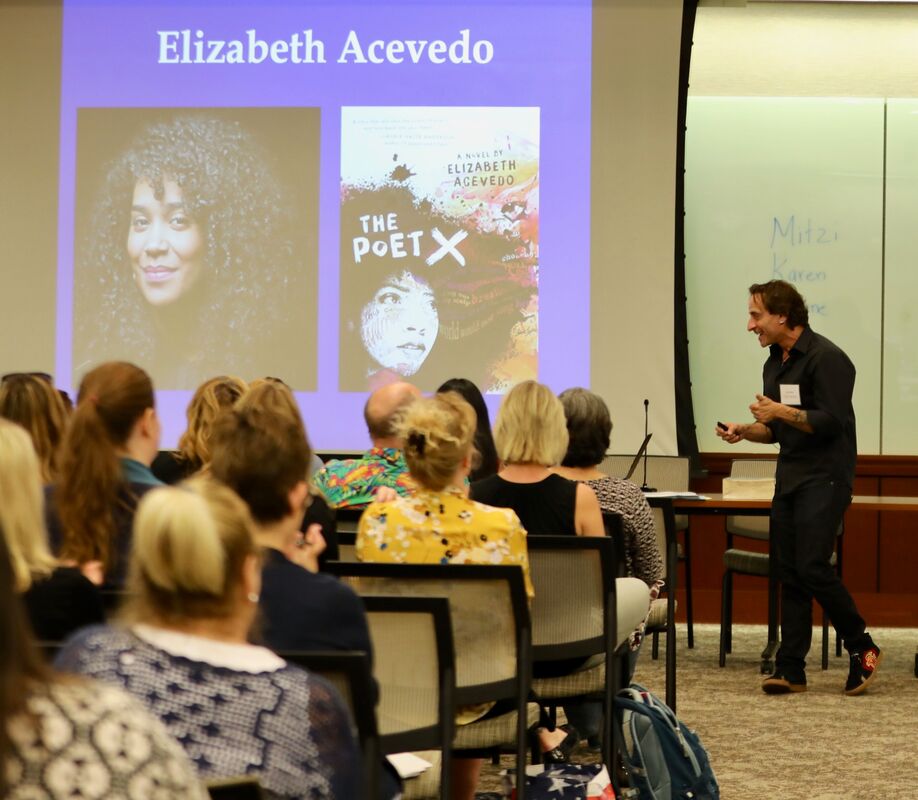

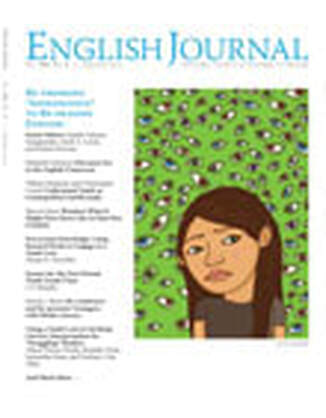



 RSS Feed
RSS Feed